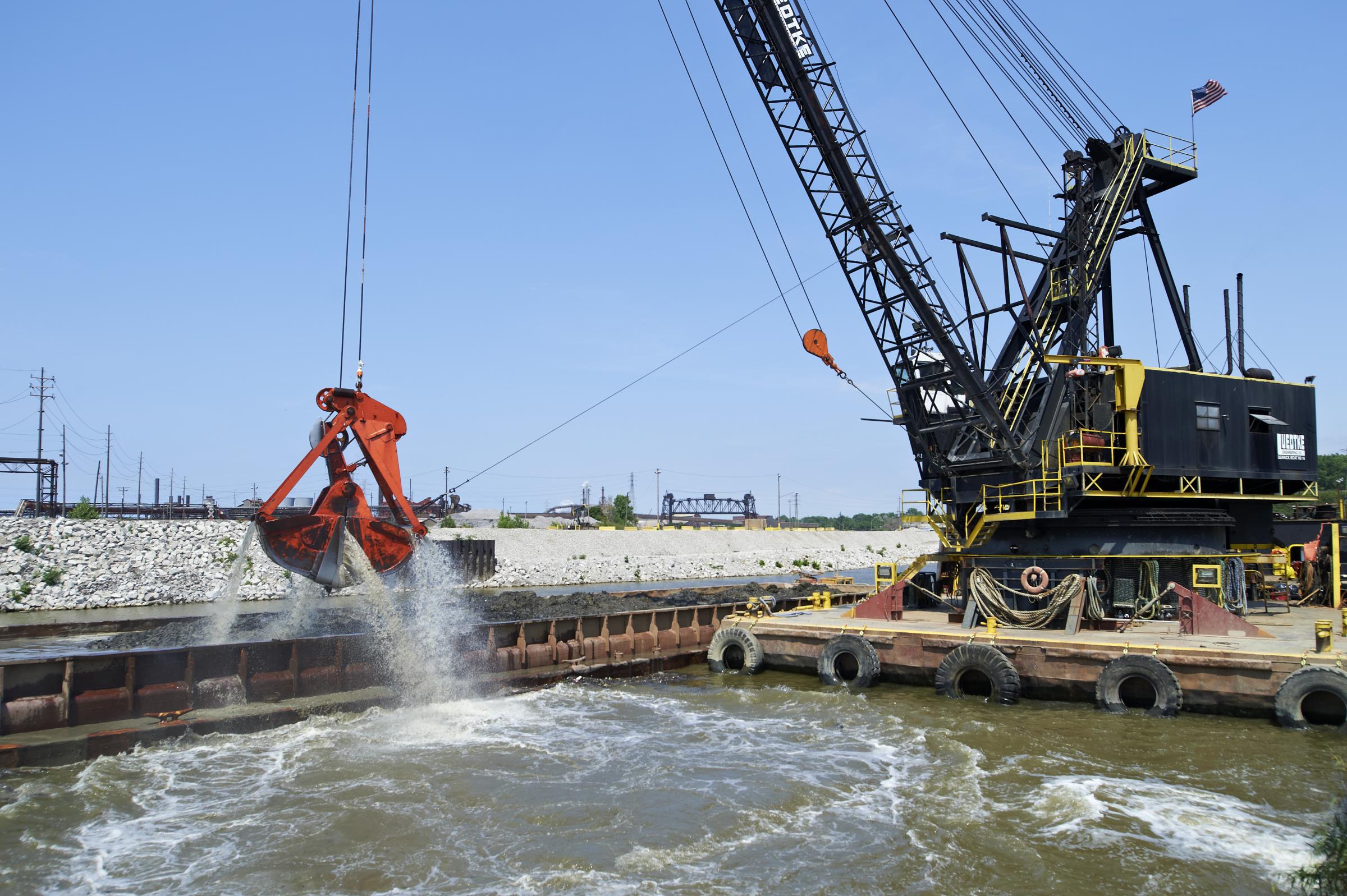


The research is rooted in northwestern Ohio, a region that formerly boasted a 4,000-square-kilometer marsh dubbed the Great Black Swamp. The research is especially timely as a new law leaves millions of tons of sediment piling up at Ohio’s ports. Instead of applying more fertilizers upstream, farmers could remove nutrients from the lake by mixing Lake Erie sediment into their soils. Whereas fertilizers are a source of Lake Erie’s annual algae issue, research from Vázquez-Ortega’s lab suggests agriculture could be a partial solution, too. “You’re cooking a perfect soup for having a very productive lake,” said Angélica Vázquez-Ortega, an assistant professor of geochemistry at Bowling Green State University. In addition, the lake is the final destination for fertilizers washing off of area farms-that’s a recipe for excess photosynthesis. Temperatures above 60☏ can trigger algal blooms, and Lake Erie- shallowest and warmest of the Great Lakes- hit nearly 80☏ in 2020. Like many lakes in agricultural areas, Lake Erie produces thick, smelly algae mats when the water gets warm. In 2014, a Lake Erie algal bloom sent a cloud of toxins into Toledo, Ohio’s water supply, forcing the city to shut down water service to 400,000 residents.


 0 kommentar(er)
0 kommentar(er)
